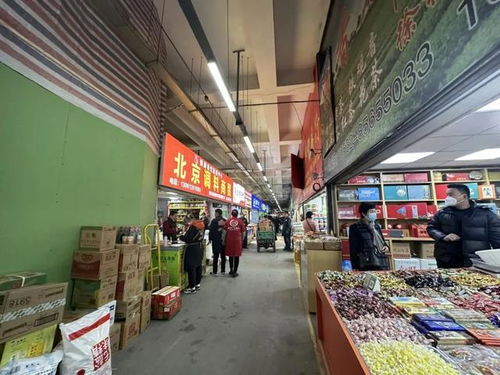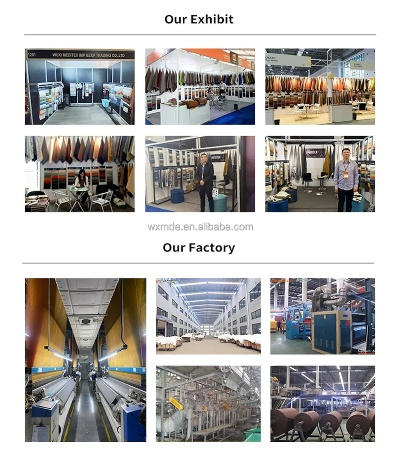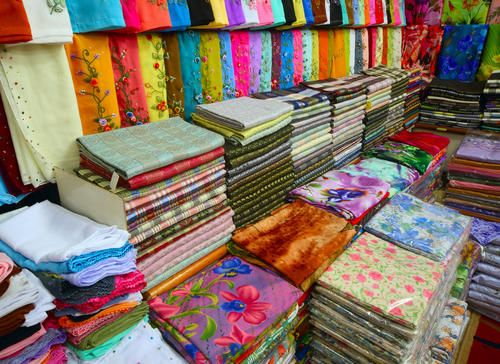The Varieties of Textile Fabrics:A Comprehensive Guide
This comprehensive guide to textile fabrics provides an in-depth overview of the various types of textile materials available. The guide covers a wide range of fabrics, including cotton, linen, silk, wool, and synthetic fibers like polyester and nylon. Each type of fabric is described in detail, including its composition, properties, and applications. Additionally, the guide highlights the importance of understanding different fabrics when selecting clothing or home decor items. By providing readers with this information, the guide aims to help them make informed decisions about the fabrics they choose.
Textile fabrics are the foundation of our clothing, from everyday wear to high-end fashion. They come in a wide range of styles and textures, each with its own unique properties. In this guide, we'll explore the different types of textile fabrics and their characteristics.
-
Cotton Fabrics
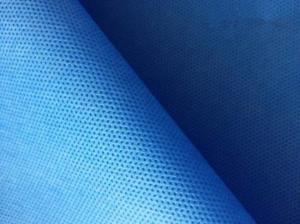
- Cotton is the most widely used natural fiber for clothing. It is soft, breathable, and absorbent.
- Types: Bed Linen, Egyptian Cotton, Tencel, etc.
- Properties: Lightweight, comfortable, easy to care for, but prone to shrinkage.
-
Silk Fabrics
- Silk is a luxurious material known for its smooth, lustrous texture and high durability.
- Types: Satin, Chiffon, Georgette, etc.
- Properties: Highly durable, lightweight, but expensive.
-
Wool Fabrics
- Wool is a natural fiber that is warm and breathable, making it perfect for winter wear.
- Types: Merino, Cashmere, Alpaca, etc.
- Properties: Warm, soft, durable, but can be expensive.
-
Synthetic Fabrics
- Synthetic fabrics are made from man-made materials like polyester and nylon.
- Types: Polyester, Nylon, Lycra, etc.
- Properties: Durable, strong, lightweight, but may not be as breathable or comfortable as natural fibers.
-
Blended Fabrics
- Blended fabrics combine two or more different fibers to create a unique combination of properties.
- Types: Cotton/Polyester, Cotton/Lycra, etc.
- Properties: Flexible, durable, breathable, but may have a mix of qualities depending on the blend ratio.
-
Leather Fabrics
- Leather is a popular choice for high-end fashion due to its durability and stylish look.
- Types: Full Grain, Top Grain, Calf, etc.
- Properties: Durable, stylish, but can be expensive and require special care.
-
Acrylic Fabrics
- Acrylic is a synthetic fabric made from acrylic polymers.
- Types: Spandex, Tactel, etc.
- Properties: Stretchy, durable, lightweight, but may not be as breathable as natural fibers.
-
Viscose Fabrics
- Viscose is a synthetic fabric made from cellulose derivatives.
- Types: Rayon, Viscose, etc.
- Properties: Breathable, soft, durable, but may not be as stretchy as other synthetic fabrics.
-
Nylon Fabrics
- Nylon is a synthetic fabric made from polyamide.
- Types: Nylon, Nylon/Polyester, etc.
- Properties: Durable, strong, lightweight, but may not be as breathable or comfortable as natural fibers.
-
Jute Fabrics
- Jute is a natural fiber from the reed plant.
- Types: Jute, Hemp, etc.
- Properties: Natural, durable, breathable, but may not be as soft or comfortable as other natural fibers.
-
Linen Fabrics
- Linen is a natural fiber that comes in various grades based on the length of the fibers.
- Types: Cotton Linen, Sateen Linen, etc.
- Properties: Lightweight, breathable, durable, but may not be as soft or comfortable as other natural fibers.
-
Bamboo Fabrics

- Bamboo is a sustainable and eco-friendly alternative to traditional cotton fabrics.
- Types: Bamboo Tencel, Bamboo Lyocell, etc.
- Properties: Breathable, soft, durable, biodegradable, but may be more expensive than other natural fibers.
In conclusion, there are many different types of textile fabrics available in today's market. Each has its own unique properties and benefits, making them suitable for different occasions and preferences. By understanding the different types of fabrics, you can make informed decisions when shopping for clothing or accessories.
纺织品的织物类型简介
纺织品的织物类型繁多,涵盖了从轻薄透气的面料到坚固耐用的工程材料等多个领域,以下将详细介绍几种主要的织物类型及其特点。
轻薄型织物
轻薄型织物通常具有轻巧、透气、舒适的特点,常见的轻薄型织物包括棉、涤纶、亚麻等天然纤维和合成纤维,棉织物以其天然的吸湿性、透气性和柔软性而受到青睐,适合制作夏季衣物和运动服装,涤纶纤维则以其高强度和高耐磨性成为工业和商业领域的理想选择,亚麻织物则因其天然的抗菌、防霉和吸湿性而备受推崇,常用于制作夏季凉快衣物和户外用品。
功能性织物
功能性织物注重满足特定功能需求,如防水、防污、抗皱等,常见的功能性织物包括防水面料、防污涂料印花面料、抗皱面料等,防水面料常用于制作雨衣、防水鞋垫等,具有出色的防水性能和舒适性,防污涂料印花面料则通过在织物表面涂覆防污涂料,提高其抗污性能,适用于各种需要防止油渍、墨水等污渍的场合,抗皱面料则通过特殊的纤维结构和工艺处理,使织物不易产生皱纹,保持平整度。
高档织物材料
高档织物材料通常具有高质量、高耐久性和高美观度等特点,常见的高档织物材料包括丝绸、毛料、锦纶等天然纤维和合成纤维,丝绸面料以其细腻、柔软、光泽度高的特点而备受青睐,常用于制作高档服装和装饰品,毛料面料则以其保暖性、舒适性和天然纹理的特点而受到喜爱,适用于制作冬季服装和家居用品,锦纶面料则以其高强度、耐磨性和耐腐蚀性等特点,成为现代工业和商业领域的重要材料。
案例说明
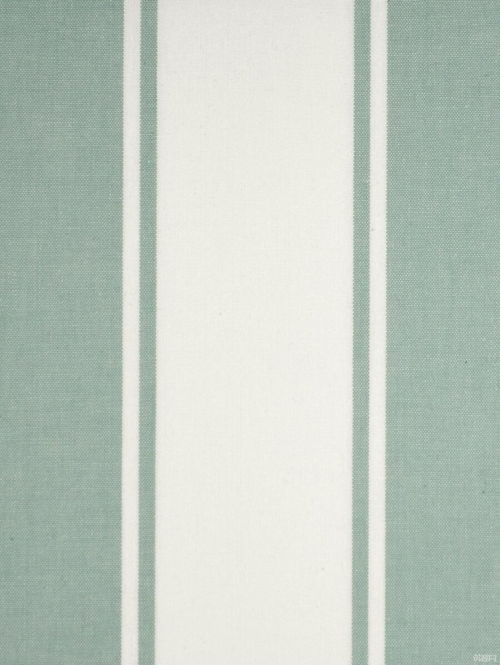
以纺织品的几种主要织物类型为例,进一步说明其在具体应用中的案例。
轻薄型织物案例
某品牌夏季服装采用轻薄型织物,如棉质面料,轻盈透气,适合夏季炎热天气穿着,该服装款式设计简约时尚,颜色鲜艳,深受消费者喜爱。
功能性织物案例
某防水鞋垫采用功能性织物制作,具有防水性能和舒适度双重特点,该鞋垫采用特殊防水涂层处理,能够有效防止雨水渗透,同时采用柔软舒适的材质,提供良好的穿着体验,该产品广泛应用于户外运动、海滩度假等场合。
高档织物材料案例
某品牌的高级丝绸面料以其细腻柔软的质地和高光泽度受到消费者喜爱,该面料常用于制作高档服装和家居用品,如礼服、婚纱等高端服饰,该丝绸面料还具有保暖性和天然纹理的特点,使其成为时尚界的重要材料之一。
补充说明表格
以下是关于纺织品的织物类型的补充说明表格:
| 织物类型 | 主要特点 | 应用领域 | 案例说明 |
|---|---|---|---|
| 轻薄型织物 | 轻巧、透气、舒适 | 夏季衣物、运动服装 | 某品牌夏季服装 |
| 功能性织物 | 防水、防污、抗皱等 | 需要防止特定功能需求的场合 | 如防水鞋垫 |
| 高档织物材料 | 高质量、高耐久性、高美观度 | 高端服装、装饰品 | 如丝绸面料在高档服装中的应用 |
| 其他示例 | 其他特点 | 其他领域 | 如锦纶面料在工业和商业领域的应用等 |
纺织品的织物类型繁多,涵盖了从轻薄透气的面料到坚固耐用的工程材料等多个领域,不同的织物类型具有不同的特点和应用领域,满足了不同消费者的需求,在具体应用中,需要根据实际需求选择合适的织物类型,以达到最佳的使用效果和性价比。
Articles related to the knowledge points of this article:
